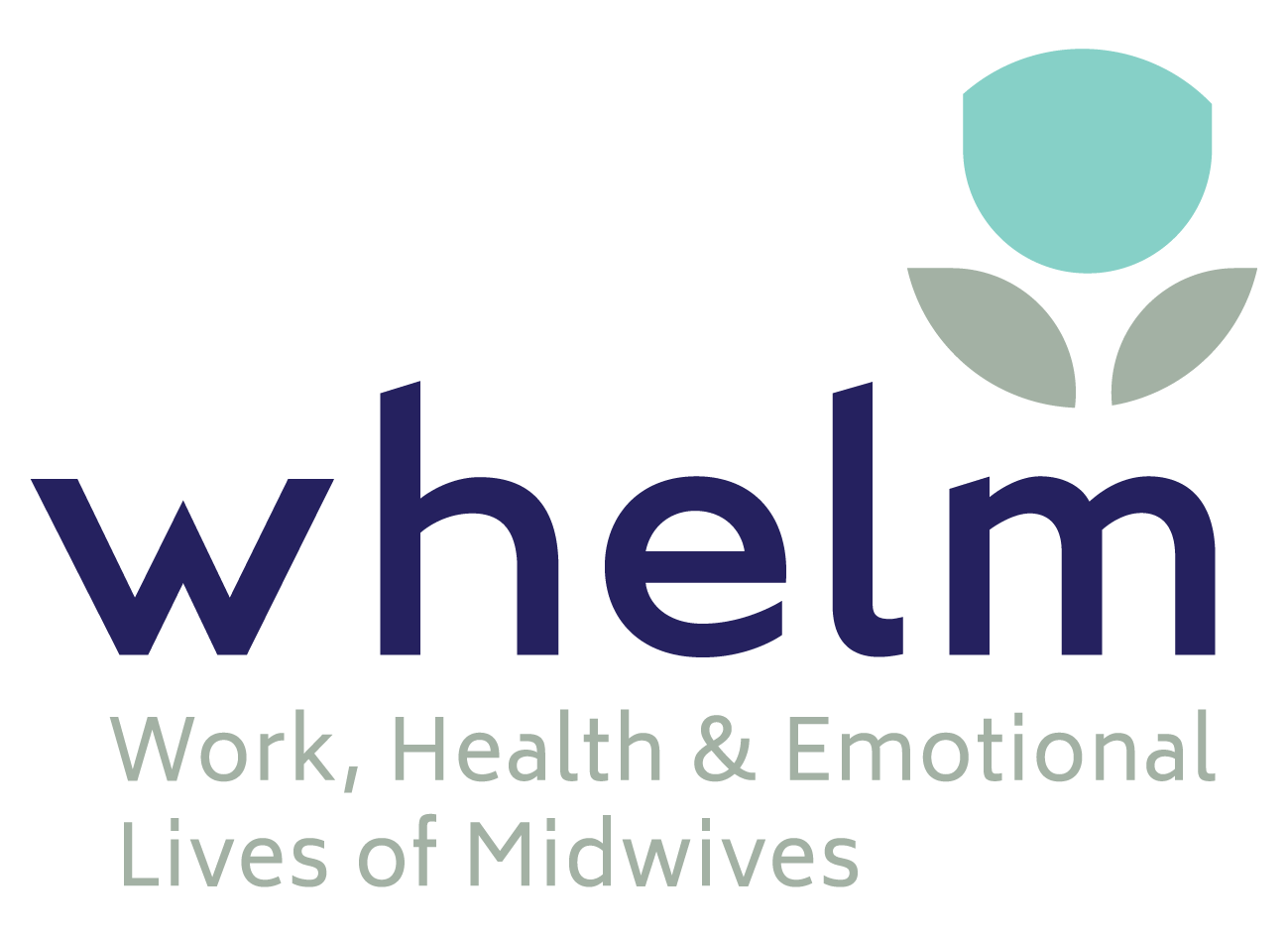What is woman-centred care?
Woman-centred care is fundamental to midwifery practice. It is the practical manifestation of alignment with professional midwifery philosophy (Bradfield, 2019). Woman-centred care focuses on a woman’s needs, priorities and expectations, rather than the needs of professionals or health care services. In this way, woman-centred care recognises the need for each woman to have choice and control over her childbearing experience. Importantly, woman-centred care addresses social, emotional, physical, psychological, spiritual and cultural needs and expectations and recognises the woman’s expertise in decision making (Leap 2009; Department of Health 2020). Although woman-centred care is crucial to midwifery practice, there is no reliable and valid way to measure it. To address this gap, researchers in Australia and New Zealand developed and tested a tool for use by midwives. This international first study was published this month in BMC Pregnancy and Childbirth (Davis et al., 2021).
Why is measuring woman-centred care important?
Measuring midwives’ perceptions of woman-centred care is important for midwifery practice, student learning, and organisations providing maternity care. For example, survey results could tell us the extent to which midwives are practising woman-centred care, whether certain student experiences or curricula enhance woman-centred approaches, or whether models of care, employment modes, or practice environments impact woman-centred care (Davis et al 2021). While there are several tools available to measure patient or person-centred care, these tools do not adequately reflect the uniqueness of midwifery practice and the feminist concepts that underpin woman-centred care.
How was the tool developed?
A team of midwifery educators and researchers from the Trans Tasman Midwifery Education Consortium, collaborated to develop the tool. First, they generated possible items from published studies and clinical practice and critically reviewed them. Next, they sent the list of items to a group of experts (clinicians) who rated them on clarity and relevance. This process established the extent to which items reflect a key concept (known as content validity). Poorly rated items were removed or revised. The team distributed the draft tool in an online survey to professional networks in Australia and New Zealand.
What the study found
319 midwives completed the survey. The data were analysed using a series of statistical tests. The study found that the items were consistent with one another and measured the same thing (known as reliability). Certain items clustered together to form factors (known as construct validity). Factors reflected the extent to which a midwife:
- meets a woman’s unique needs;
- balances a woman’s needs within the context of the maternity service;
- ensures midwifery philosophy underpins practice;
- uses evidence to inform collaborative practice; and
- works in partnership with the woman.
Implications for midwives and maternity services
The Woman-Centred Care Scale-Midwife Self Report (WCCS-MSR) is a reliable and valid measure of woman-centred care for use by midwives and their employers. The WCCS-MSR can highlight best practice by midwives and identify areas in need of improvement. Completing the tool regularly could be included in professional development activities and be used as a reliable indicator of quality midwifery care. Woman-centred care is a universal principle and the WCCS-MSR has applicability to all English-speaking midwives in any maternity care context.
Highlighted research
Davis, D., Creedy, D.K., Bradfield, Z., Newnham, E., Atchan, M., Davies, L., McAra-Couper, J., Graham, K., Griffiths, C., Sweet, L. & Stulz, V. (2021) Development of the Woman-Centred Care Scale – Self Report (WCCS-SR) BMC Pregnancy & Childbirth, 21, 523. https://doi.org/10.1186/s12884-021-03987-z
References
Australian Government. Department of Health. (2020). Pregnancy care guidelines: Providing woman-centred care. Department of Health. Available from: https://www.health.gov.au/resources/pregnancy-care-guidelines/part-a-optimising-pregnancy-care/providing-woman-centred-care
Bradfield Z, Hauck Y, Duggan R, Kelly M. (2019). Midwives’ perceptions of being ‘with woman’: a phenomenological study. BMC Pregnancy & Childbirth, 19, 14. https://doi.org/10.1186/s12884-019-2548-4 .
Leap N. (2009). Woman-centred or women-centred care: does it matter? British Journal of Midwifery, 17(1), 12–16.








